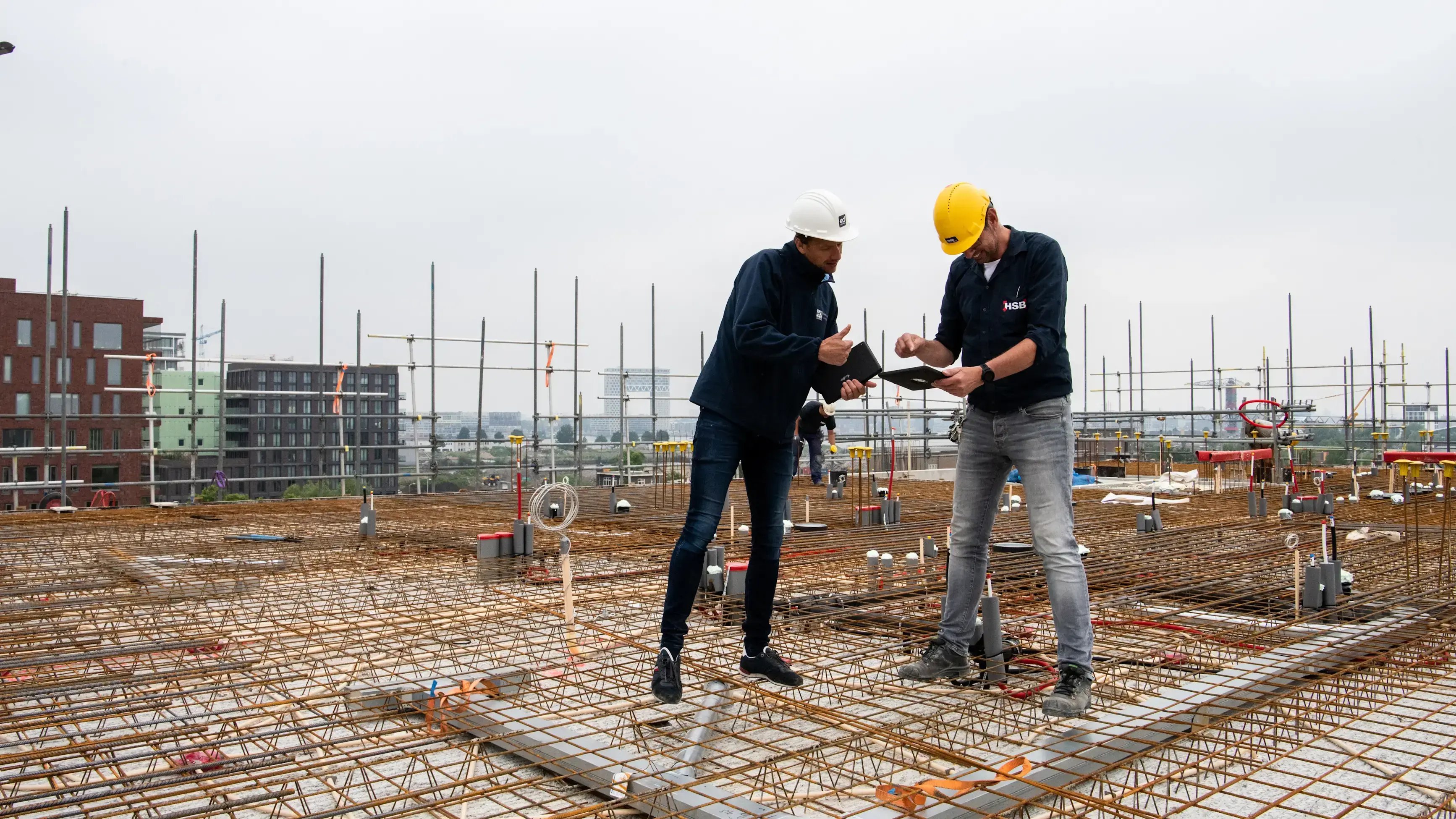In construction, keeping good records has become more important than ever. Where a few reports might have been enough in the past, today’s projects require much more documentation. This isn’t just about meeting legal requirements; it’s also essential for effective risk management and ensuring projects run smoothly.

Why documentation is important
The rules around documentation are getting stricter, especially when it comes to safety and environmental standards. Not keeping proper records can lead to fines, project delays, or even legal trouble. Digital tools have made it easier to meet these demands. By using the right software, teams can quickly log and share information, making it easier to stay compliant and organized.
On a construction site, many aspects of the work need to be documented. Safety measures, such as risk assessments and equipment inspections, must be carefully recorded. Tracking materials and tools is also critical to avoid losses and ensure everything is available when needed. The progress of the project, including work hours and visual updates like photos, should be logged regularly. Maintenance and inspections of machinery and equipment are equally important, as proper records can help prevent breakdowns and costly delays.
Challenges with documenting
Even though documentation is necessary, it’s not always easy. Manually recording information can be time-consuming, and using paper forms increases the risk of errors or lost data. Another challenge is consistency, if everyone on-site doesn’t follow the same process for documenting, it can lead to gaps or confusion in the records. This not only slows things down but can also create problems when audits or inspections occur.
How technology helps
Digital tools offer a way to overcome these challenges. Software like Ed Controls lets teams document everything in real-time using their smartphones or tablets. This reduces the time spent on paperwork and ensures records are accurate and always up to date. Digital documentation also makes it easy to share information with team members or stakeholders, so everyone stays on the same page. By streamlining the process, technology helps reduce errors and saves valuable time.
Benefits of good documentation
Keeping thorough and accurate records brings many advantages. First, it improves safety on the construction site. When safety measures and checks are properly documented, teams can quickly ensure they’re following the right procedures. It also helps manage the project more effectively, problems are easier to identify and resolve when clear records are in place.
Good documentation also helps you prove compliance with rules and regulations, avoiding fines or legal issues. Additionally, it creates transparency across the project. Team members and stakeholders can see exactly what’s happening, which fosters trust and improves communication. Ultimately, proper documentation makes the entire process more efficient and less stressful.
Conclusion
Documenting properly on construction sites is no longer optional, it’s a critical part of modern construction management. It keeps your projects safe, efficient, and compliant with the rules. While manual processes can be a burden, digital tools make it faster and easier to get it right.
If you want to experience how Ed Controls can simplify your documentation process, request a free demo today and discover the difference it can make for your construction projects!








